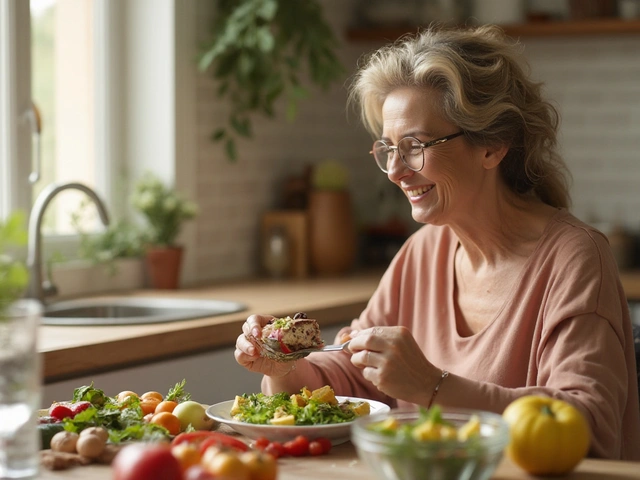Beginner's Guide: Simple Steps for Your Dog and You
Want clear, low-effort ways to help your dog feel better and boost your own health? You don’t need fancy tools or years of training. Small, regular actions—simple massage, easy relaxation, and smarter snacks—make a big difference fast. This guide gives practical first steps you can use today.
Quick starter checklist
Start with just three things: one short daily touch session for your dog (5 minutes), one breathing or grounding practice for you (3–5 minutes), and one small food swap at a meal. Those tiny habits add up. Keep a short note on your phone so you remember them for a week.
When you touch your dog, watch for signs of comfort: soft eyes, wagging tail, relaxed muscles. If your dog stiffens, stop and try a gentler approach. For people, a basic breathing practice is inhale for 4, hold 1, exhale for 6. Do it sitting or lying down until you feel calmer.
Practical canine massage basics
Canine massage is useful for relaxation, circulation, and easing tight spots. Use slow, gentle strokes along the back and long, light circles on the shoulders and hips. Keep your hand flat and let the pressure come from your body, not just your fingers. Five minutes daily helps mobility and builds trust.
Work in short sessions and check the dog’s reaction. If they lean into your hand or close their eyes, you’re on the right track. Avoid deep pressure near bones or joints until you’ve learned proper technique. If your dog has a medical issue or sudden pain, ask a vet or certified canine massage therapist first.
Tools? Not necessary. A soft towel, a quiet spot, and a calm voice do more than gadgets. Use treats to teach the dog to stay still for the session, especially at first.
On the human side, simple hands-on techniques like self-massage of the neck and shoulders ease tension after long days. Use a tennis ball against a wall for tight spots in the back. Short, frequent sessions beat one long, painful attempt.
Nutrition ties it together. For dogs, a balanced diet and a few omega-3 rich foods (or vet-approved supplements) support joint and coat health. For you, swap one processed snack a day for a whole food: a handful of nuts, plain yogurt, or a fruit. Small changes keep energy steady and mood clearer.
Finally, track progress for two weeks. Note energy, sleep, and mood for both you and your dog. If something improves, keep it. If not, tweak the time or method. Beginner routines should be flexible and easy to repeat.
Want next steps? Look for short how-to videos on safe canine massage, a local intro class, or a beginner biofeedback app to help your breathing and heart-rate control. The goal: tiny, repeatable habits that make life calmer and healthier—for you and your dog.

Hellerwork: The Essential Guide for Beginners
Hi there, ladies! Ever heard about Hellerwork and wondered what it is? Well, it's a form of holistic therapy that focuses on improving body alignment, and we're going to tackle it in this post. Ideal for beginners, this guide will touch on the basics, benefits, and processes involved in Hellerwork. Join me as we delve into this fascinating wellness journey, offering both physical and mental adjustments for better living.




